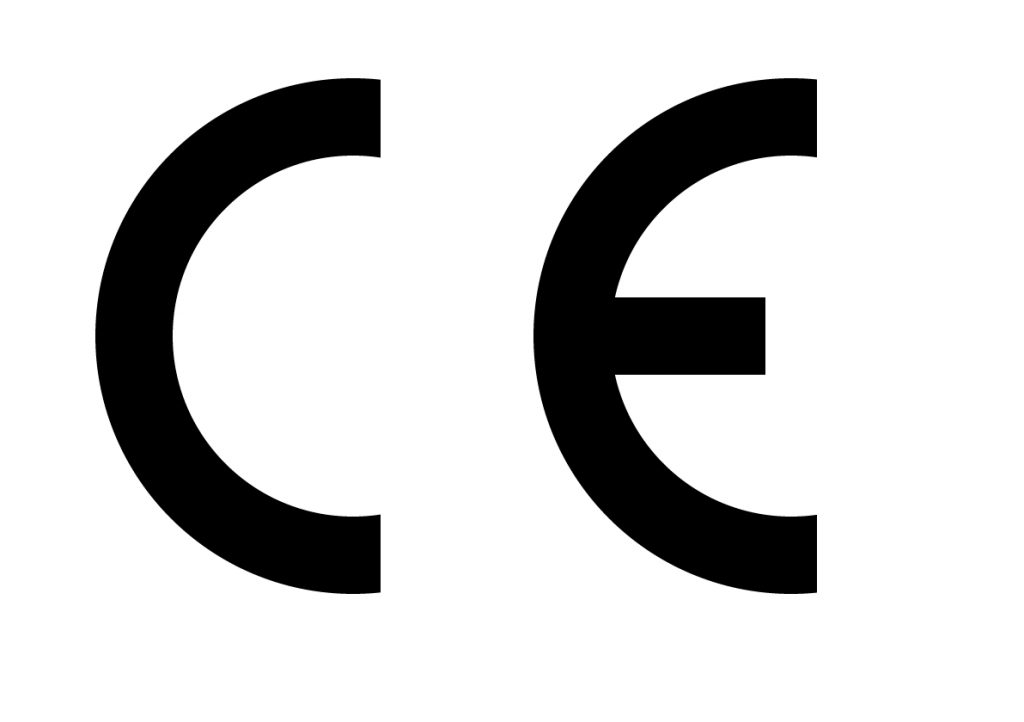If you’re looking for a creative and witty introduction to passive house systems, you’ve come to the right place! This blog will provide you with all the information you need to know about these energy-efficient homes, as well as some clever quips and puns to keep you entertained along the way. So sit back, relax, and let us take you on a journey through the world of passive houses!
Introduction to Passive House Systems
A passive house (German: Passivhaus) is a rigorous, voluntary standard for energy efficiency in a building, reducing its ecological footprint. It results in ultra-low energy buildings that require little energy for space heating or cooling. A similar standard, MINERGIE-P, is used in Switzerland. The standard originated in the early 1990s in Darmstadt, Germany, and has been promoted internationally by the Passive House Institute (PHI) based in Darmstadt.
The idea of the passive house is to use simple means to achieve superior energy performance compared to conventional homes. The concept focuses on four areas of building design:
- Insulation: A well-insulated shell helps to minimize heat loss through the envelope of the house.
- Windows: High-performance windows with low U-values help to keep heat loss through the windows at a minimum.
- Ventilation: A highly efficient ventilation system with heat recovery helps to provide fresh air and keep heating and cooling costs low.
- Passivhaus buildings are designed to work with the climate and do not require an active heating or cooling system (such as a furnace or air conditioner) to maintain comfortable indoor temperatures year-round.
The Benefits of Passive House Systems
There are many benefits to passive house systems, including improved energy efficiency, comfort, and indoor air quality. Passive houses use less energy for heating and cooling, resulting in lower utility bills. They are also more comfortable to live in, as they are better insulated and have better ventilation. Additionally, passive houses improve indoor air quality by providing a healthier indoor environment.
The Components of Passive House Systems
Passive house systems are designed to work together to minimize the heating and cooling needs of a home. The key components of these systems include:
–Insulation: A thick layer of insulation helps to keep heat in during the winter and out during the summer.
–Solar Gain: Passive solar gain refers to the heat that is generated by the sun and absorbed by a home’s materials. This can be harnessed by placing windows in strategic locations.
–Thermal Mass: This is the ability of a material to store heat. Thermal mass can be used to help regulate indoor temperatures by absorbing and releasing heat as needed.
–Ventilation: A well-designed ventilation system helps to circulate fresh air throughout a home while minimizing energy loss.
How Passive House Systems Work
Passive house systems are housing designs that minimize the use of energy for space heating and cooling. A well-designed passive house will use less than half the energy of a standard home for heating and cooling, and will be more comfortable to live in because it will maintain a stable internal temperature year-round.
Passive houses are built with highly insulated walls and roofs, and airtight construction to prevent heat loss. They also have an efficient heat recovery ventilation system that provides fresh air while minimizing heat loss. Windows are placed strategically to take advantage of solar gain in the winter, and shading is used to prevent overheating in the summer.
The History of Passive House Systems
In the 1970s, German professor Bo Adamson and Doctor Wolfgang Feist collaborated to create what would become the Passive House standard. The goal was to develop a building envelope that would minimize heat loss in winter while also reducing the need for air conditioning in summer. They achieved this by designing a tightly sealed envelope with high levels of insulation.
This original standard was called the Passivhaus, and it was introduced in 1996. The first Passive House was built in Darmstadt, Germany in 1990. Since then, there have been over 25,000 Passive House buildings constructed worldwide.
The Passive House standard has been continually refined and improved since its inception. In 2006, the International Passive House Association (iPHA) was founded to promote and support the Passive House concept internationally. Today, iPHA has over 4,500 members in 70 countries.
The most recent update to the Passive House standard was published in 2018. This version includes new requirements for building ventilation and heating/cooling systems. It also includes changes to the way airtightness is measured, as well as updated recommendations for windows and doors.
The Future of Passive House Systems
Passive house systems are the future of sustainable living. There are three main components to a passive house: the building envelope, the ventilation system, and the thermal storage system. The building envelope is the first line of defense against the elements, and it is crucial to have a well-insulated and airtight envelope in order to create a comfortable and energy-efficient home. The ventilation system recycles air throughout the house, providing fresh air while also keeping heat loss to a minimum. The thermal storage system utilizes stored solar energy to heat and cool the home as needed. Passive house systems are highly efficient and can save homeowners hundreds of dollars on their energy bills each year.
FAQs about Passive House Systems
- What is a Passive House System?
A Passive House System is a method of construction that focuses on creating an airtight building envelope and ensuring proper ventilation and thermal comfort. The goal is to minimize the energy consumption of the building while providing a comfortable indoor environment. - How does a Passive House System work?
A Passive House System uses various methods to achieve its goal of minimizing energy consumption. These methods include heavily insulated walls and windows, an airtight building envelope, and proper ventilation and thermal comfort. - What are the benefits of a Passive House System?
The benefits of a Passive House System include lower energy bills, a more comfortable indoor environment, and a smaller carbon footprint. - Are there any drawbacks to a Passive House System?
The only potential drawback to a Passive House System is the initial cost of construction. However, the long-term savings on energy bills will offset this cost over time.
Case Studies of Passive House Systems
In order to provide a more complete explanation of passive house systems, we have included a number of case studies. Each case study provides detailed information on the specific system that was used, as well as performance data and lessons learned.
The first case study is of a passive solar home in Colorado that achieved heating and cooling energy savings of 60-70%. The home featured south-facing windows for solar gains, superinsulation, and an air-to-water heat pump for supplemental heating and cooling. The homeowner also utilized some active solar features, such as photovoltaics and a solar hot water system.
The second case study is of a zero energy home in Wisconsin that achieved net-zero energy status using a combination of solar photovoltaics, an air-source heat pump, superinsulation, and high performance windows. The homeowners also utilized some conservation measures, such as low-flow fixtures and efficient appliances.
The third case study is of an affordable housing project in Maine that utilized mass wall construction with cellulose insulation to achieve extraordinary thermal performance. The homes also feature superinsulated foundations and highly efficient windows. As a result of the high level of insulation and other thermal envelope improvements, the homes are able to be heated primarily with passive solar gains.
Finally, the fourth case study is of a deep energy retrofit project in New York that achieved heating energy savings of 80%. The project involved the installation of rigid foam insulation on the exterior walls, attic floor, and basement walls. In addition, high performance windows were installed throughout the home. An air-source heat pump was used for supplemental heating and cooling.






